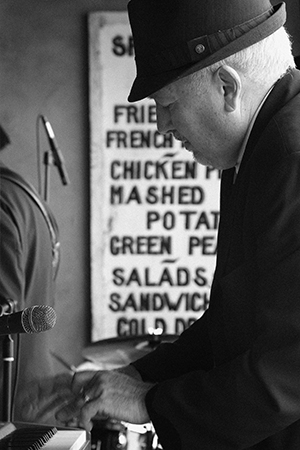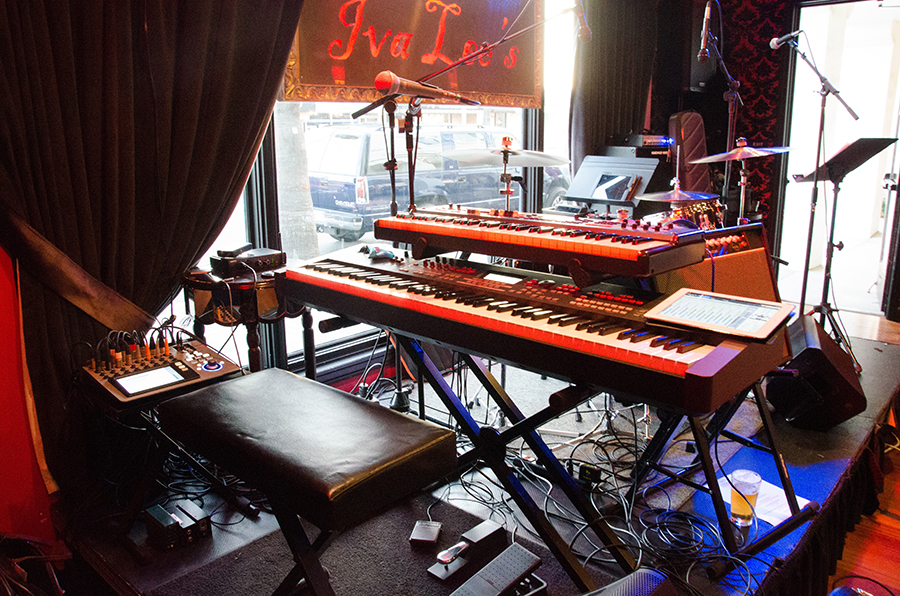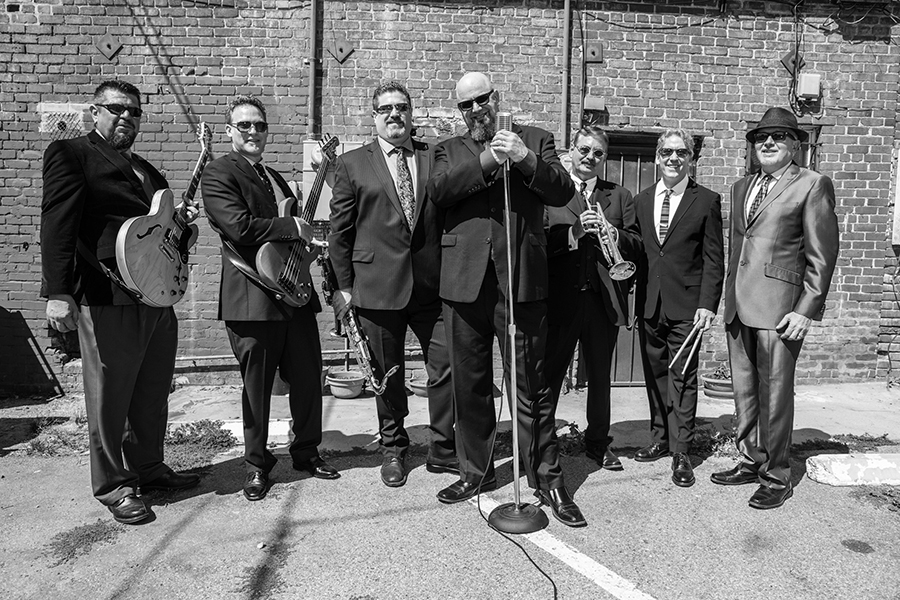
If you’re using a TouchMix mixer, you know it helps your band sound better. But it can also help your band play better. The secret – okay, it’s not much of a secret – is live, multi-track recording.
A live recording is a fair and merciless critic not to mention a great teacher. Every musician in the band will recognize their best playing and – how to put this delicately? Their opportunities for improvement. There is nothing like hearing that flubbed intro to incentivize a bit of woodshedding. Since confession is good for the soul, I’ll share something this merciless critic taught me. I’m a keyboard player and listening to the recordings, I found that sometimes I’m too busy when I should be laying back and just playing some organ pads. Lesson learned and I promise to go forth and riff no more. We also noticed that we were noodling a bit between songs and tightened up our show by cleaning this up. There have been a number of other mea culpas but what happens in the band stays in the band.
Here’s another thing to consider. Our drummer had some schedule conflicts so we either had to cancel/reschedule some gigs or find a substitute. The music we play only works if the band is tight. There are lots of hits and breaks that have to be dead on. I called on a friend who is a fine drummer but didn’t know our repertoire and hadn’t even seen the band play. But I had recordings of past performances he could listen and practice to. So with minimal rehearsal and thanks to the recordings, we did a couple of our biggest gigs of the year and did them well. There is no way we would have pulled this off without the live TouchMix recordings.
Of course it’s possible to make a stereo recording from the outputs of any mixer or using a portable digital recorder. But multi-track has lots of advantages. A stereo recording from the mixer will usually be badly balanced for reasons that I won’t go into right now. As for portable digital recorders, it’s difficult to position them where they really need to be to get the best recording quality because a microphone stand with a gadget on it in the middle of the dance floor isn’t a great idea. As easy as TouchMix makes it to record in multi-track, there’s no reason not to. With multi-track you can make a mix that’s actually enjoyable to hear – maybe not so much if you’re the one who flubbed that intro – but still. And you can make versions of the mix with a track emphasized so an individual musician can hear their part, or you can make a mix-minus for a player to use for practice.
Here’s my workflow for making, mixing and sharing the live recordings:

My keyboard rig and mix position. TouchMix-16, K10’s monitors, KW121 mains and an iPad. Hammond SK1 and Yamaha MOXF8. Pardon the cable mess. I’m usually OCD about that but this stage is tiny.
For most of our performances I’m putting everything into the mixer including a microphone on every piece in the drum kit plus a couple of overheads. For some smaller rooms I’ve put up just a kick, snare and one overhead microphone and still captured great results. For the best results, you really do want to put all the instruments into the mixer – even if you don’t send it to the PA.
My weapon of choice for recording is a solid state drive (SSD). I’ve been using a 250 GB Samsung T3 and it has been totally reliable. Make sure to arm all the tracks and create a new session before the set starts. It’s good practice to pause the recording for breaks. It’s even better practice to resume recording at the end of breaks. And it’s really important to stop the recording before unplugging your TouchMix.
After the gig you’ve got some options. If you captured a magical, musical moment the first thing to do is copy the tracks to another drive for subsequent mix down and post-production – but that’s another article. If band improvement is your goal, here’s what I do.
I just mix the tracks down to stereo entirely on the TouchMix and then import the stereo tracks into my DAW. When doing the mix, I’m not going to be as obsessive as I would be if this was a recording for public release. It’s more important to get the mix done than it is to get it done to perfection. So it’s usually a one-pass mix. Once the mixed down audio is imported to the DAW I could use the editing tools to cut the sets into individual songs – but I usually don’t. It’s really useful for the band to hear what goes on between songs so I just cut the gig into individual sets. Next I’ll export the sets from the DAW as MP3 files and post them to a Dropbox folder that the band shares. Then I just let my bandmates know that I’ve posted the last gig and wait for the “we killed it” as well as the “man, I got some work to do” responses. Either way – they’ll thank you.

Boxcar 7 – Yes, we wear the suits at gigs.
Try this for a couple of months and let us know how your band has improved.
Gerry Tschetter
Latest posts by Gerry Tschetter (see all)
- TouchMix Tips – In Ear Monitors (IEMs) - February 27, 2018
- KS212C Powered Cardioid Subwoofer on the Gig - January 10, 2018
- TouchMix Wi-Fi and Wireless Mixing - April 12, 2017